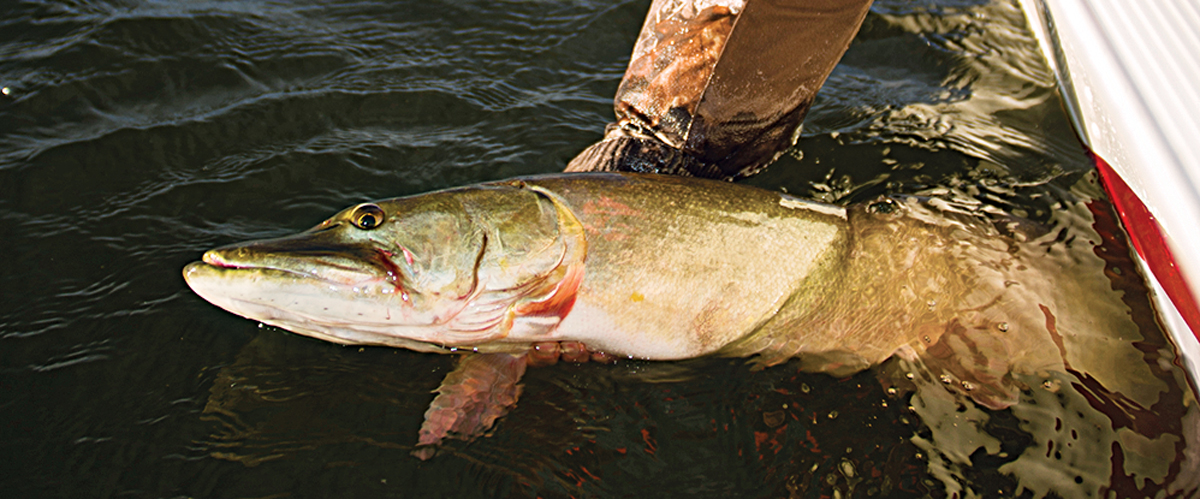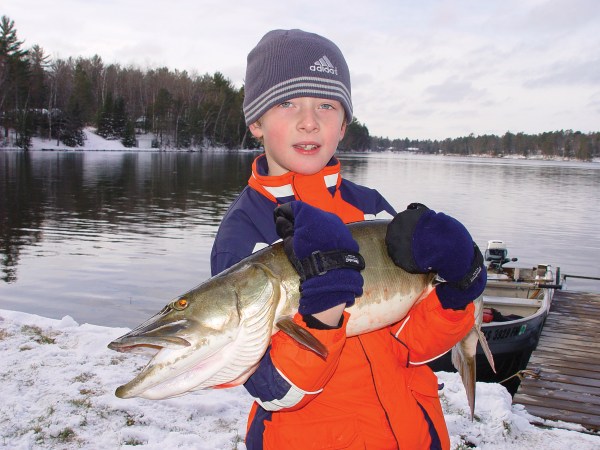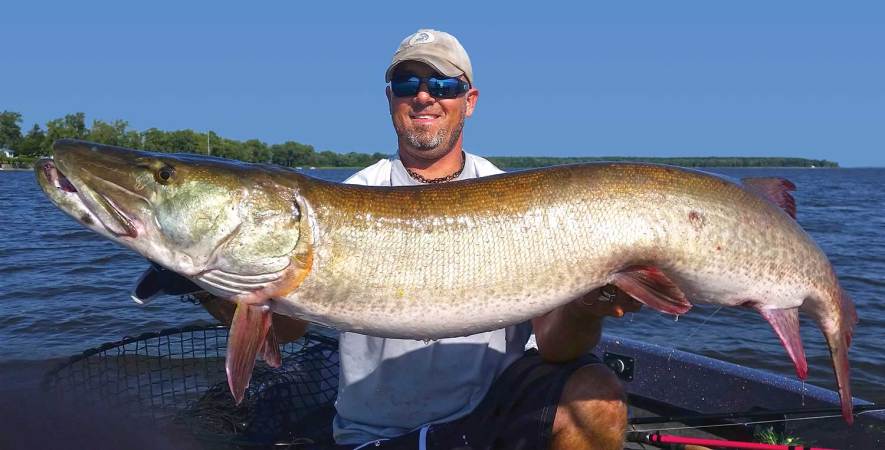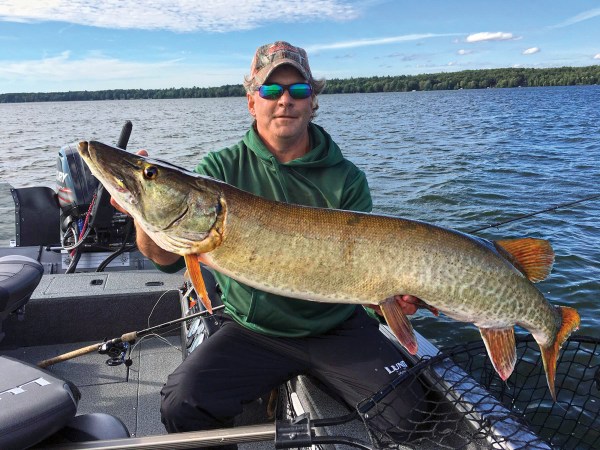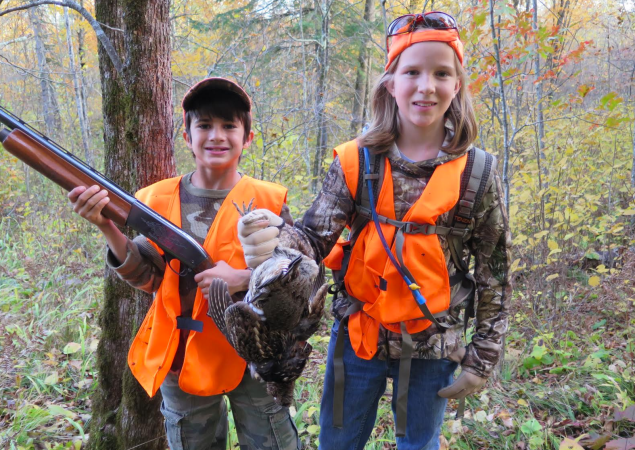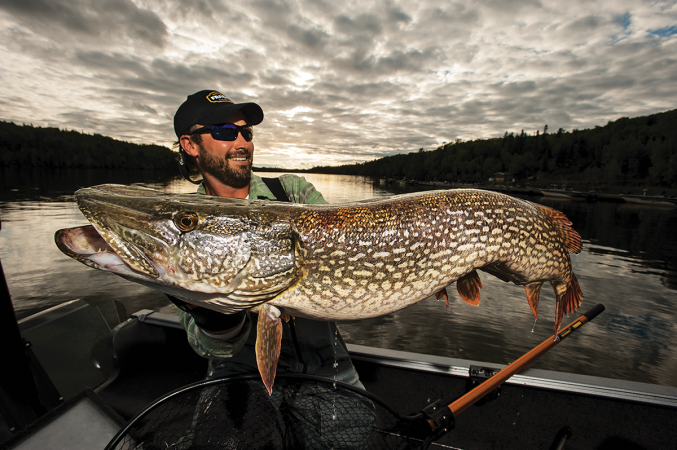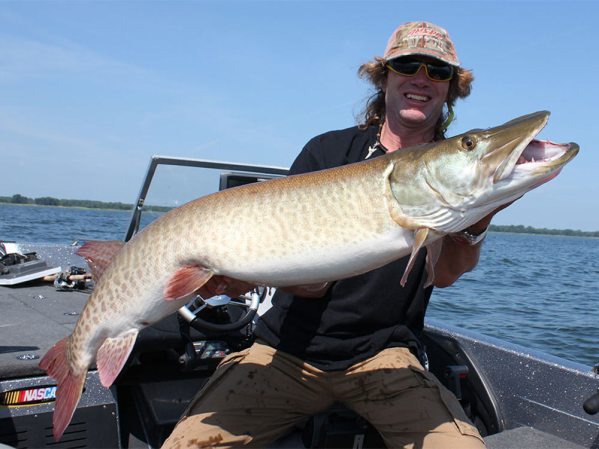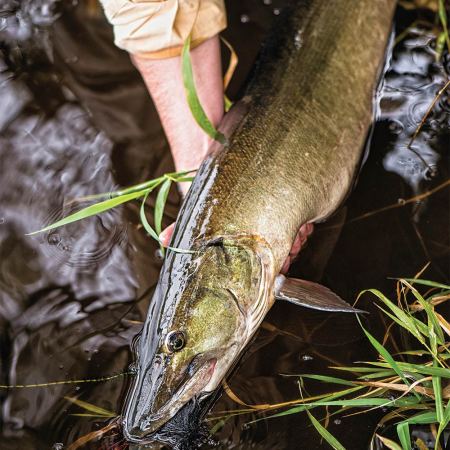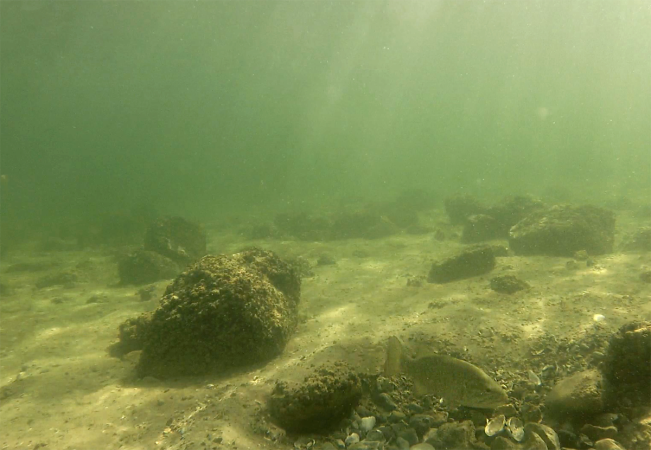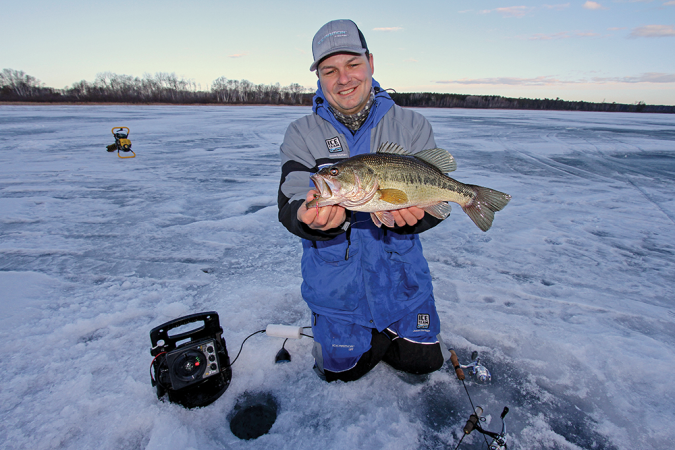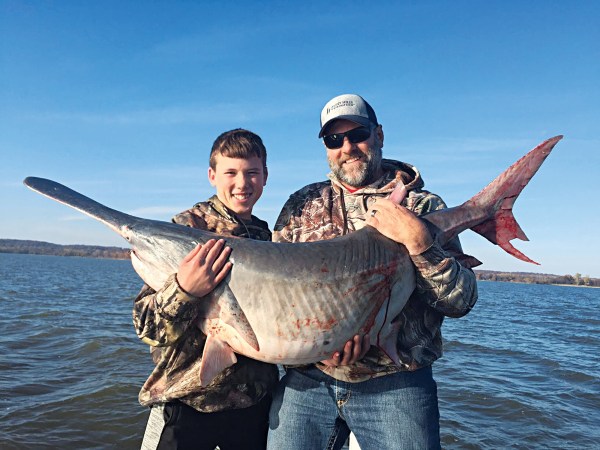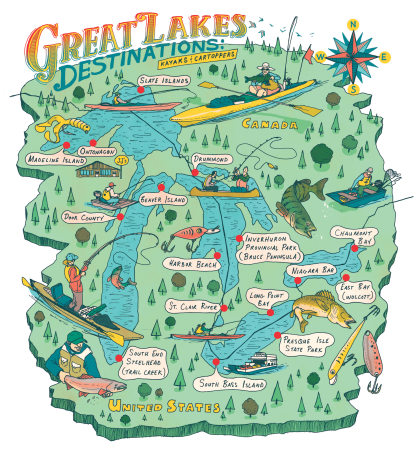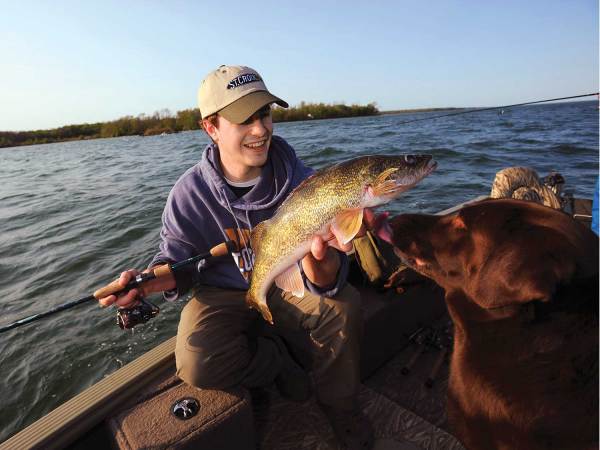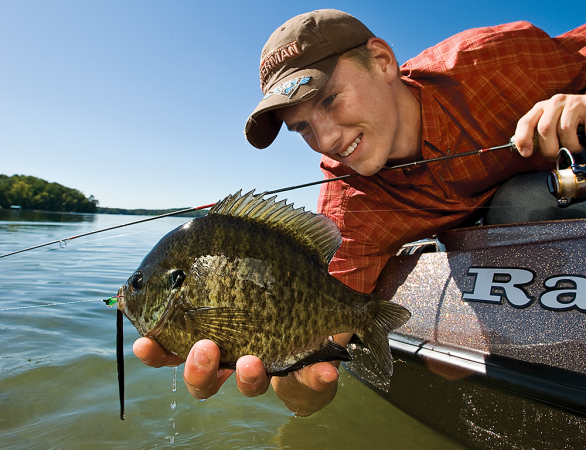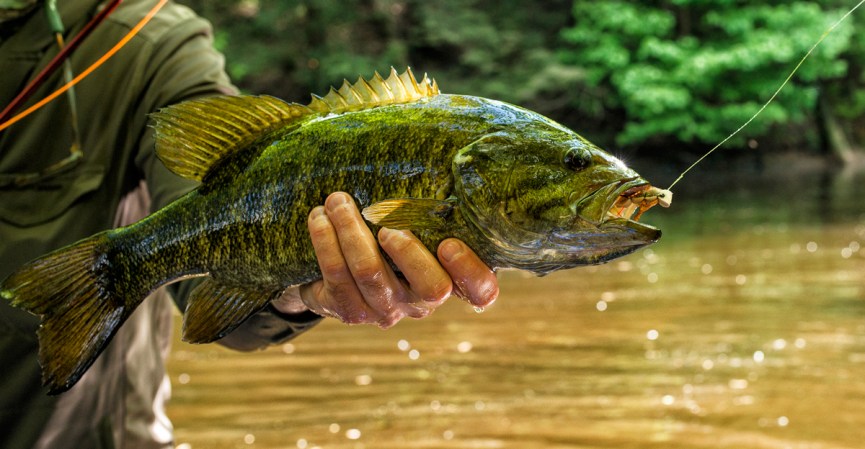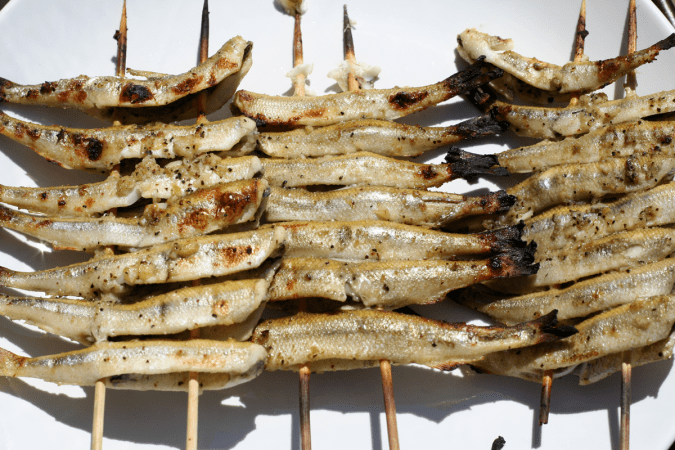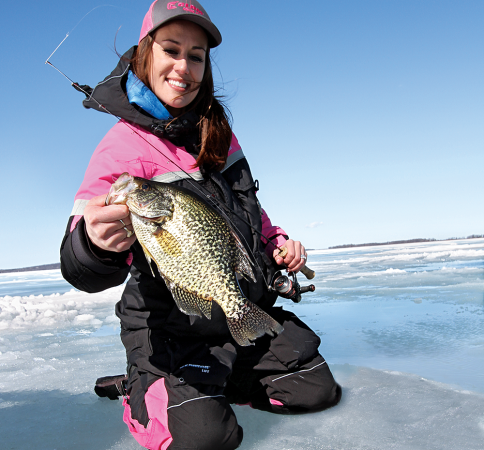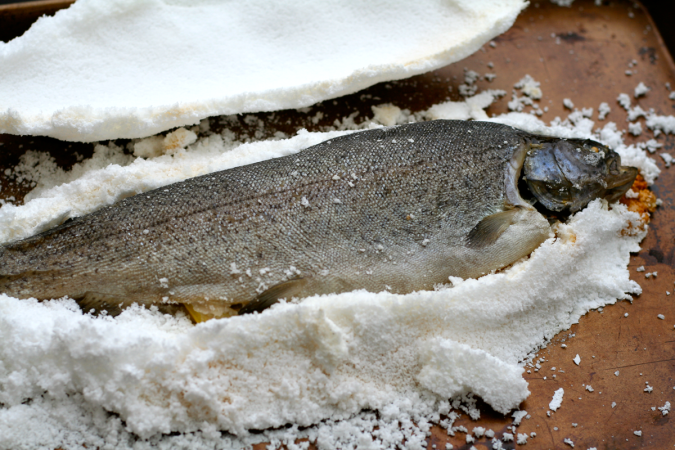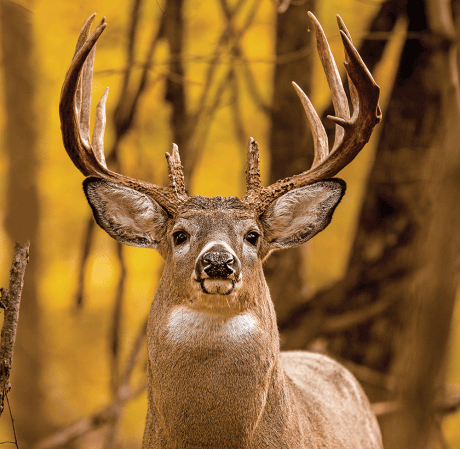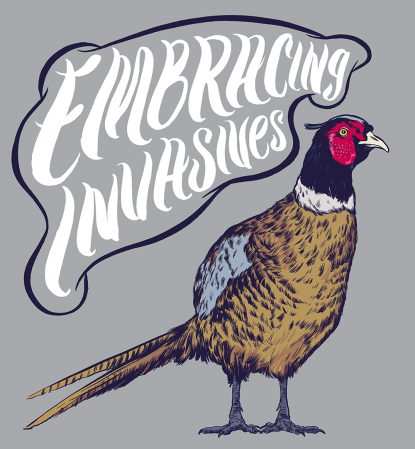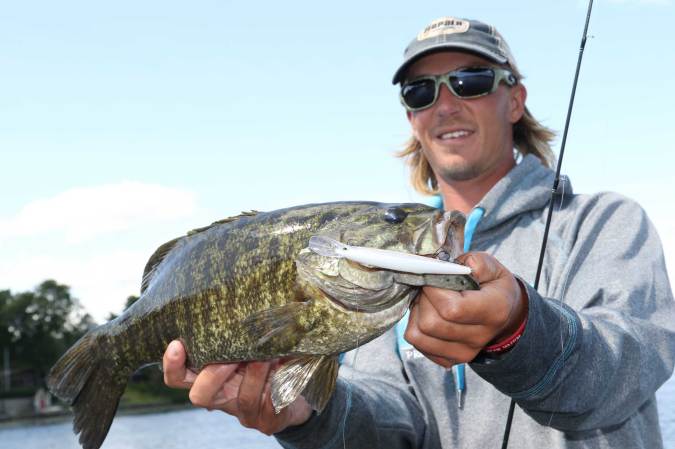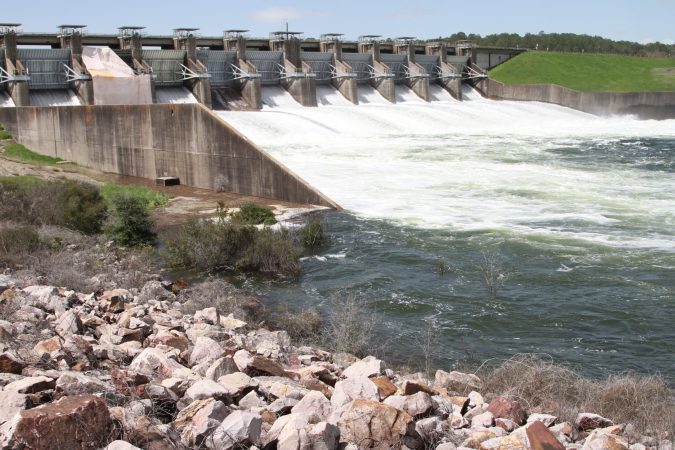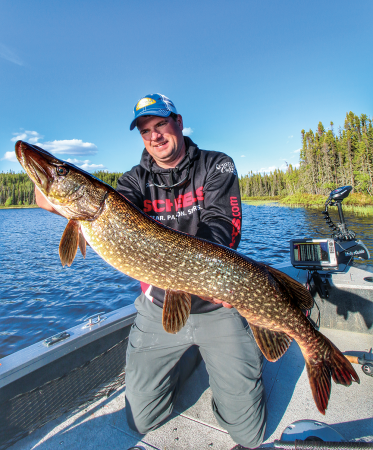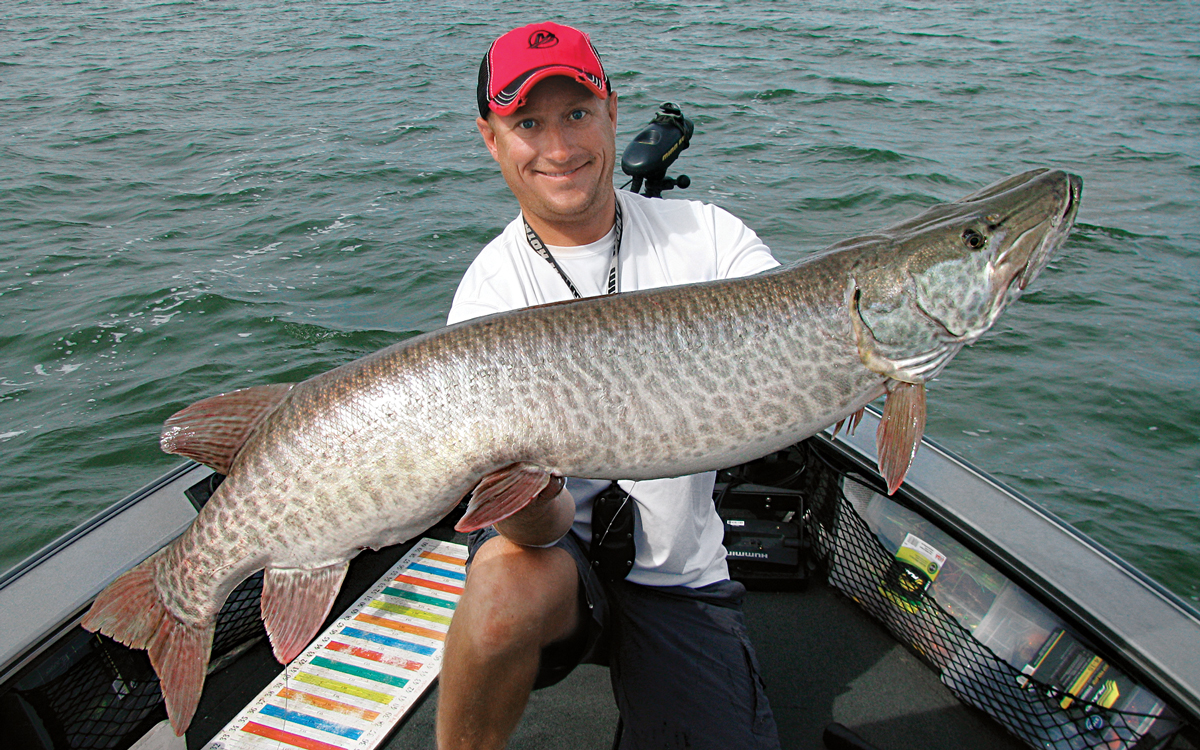
Spring muskie fishing has traditionally been seen as an opportunity for anglers to tune up for the summer months—when the action can be as hot as the weather. But that perception is changing.
Imagine launching your boat in the spring with the plan of catching multiple big muskies during the day with a strong chance to break the celebrated 50-inch barrier. That’s the expectation that Wisconsin charter captain Brett Jolly has every time he fishes in the springtime.
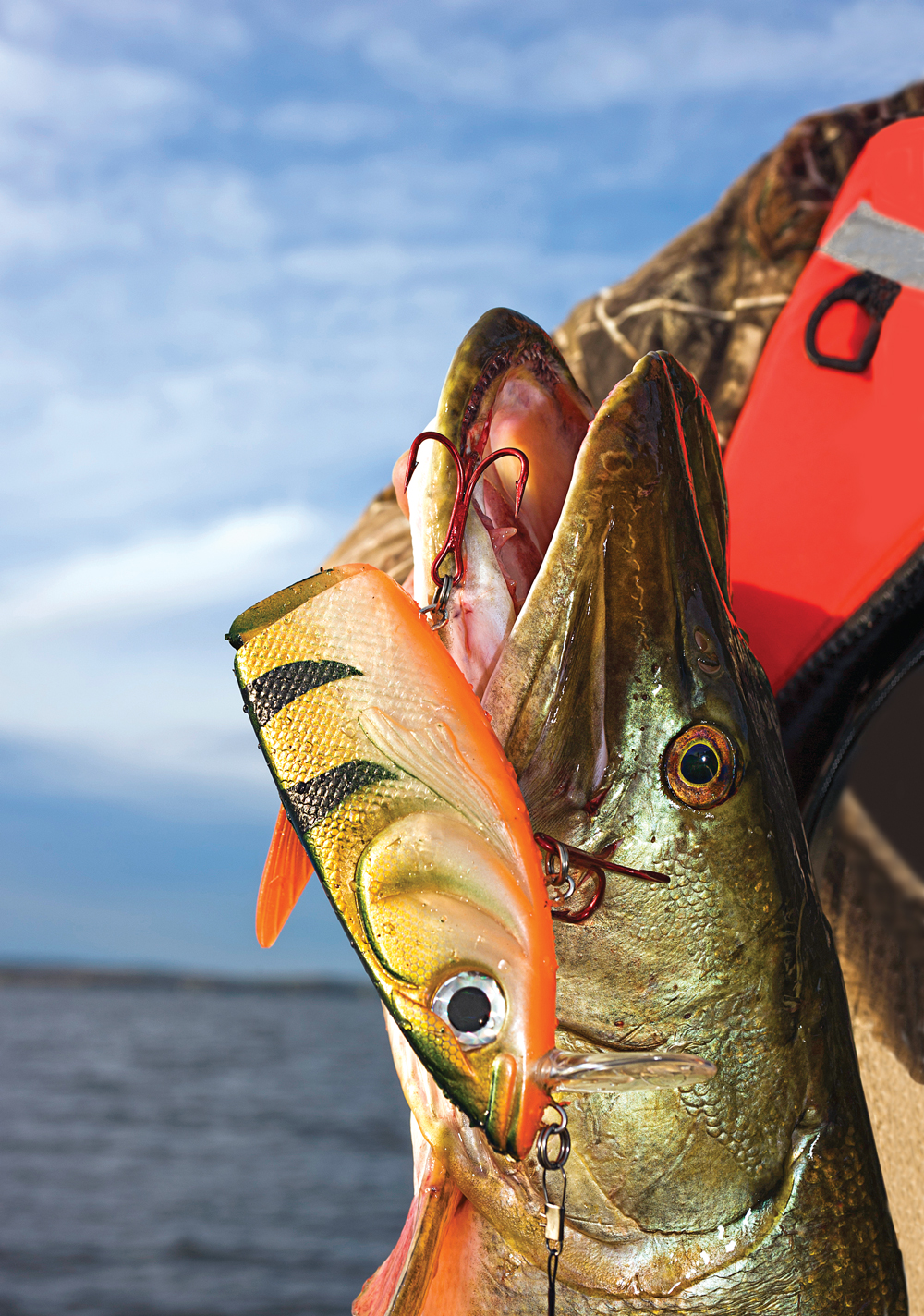
A full-time guide on Green Bay, an arm of Lake Michigan, for the past nine years, Jolly has developed a pattern that puts his clients in position to catch some of the biggest fish in the system in the spring. His largest measured 54 inches and likely weighed more than 40 pounds—and was released.
“It’s all about where the muskies spawn,” says Jolly. “It starts when the season opens Memorial Day weekend and can last well into June. The water temperature will be in the upper 50s to mid 60s, and fish will be in or near their spawning areas as a result.”
Rivers of Many Returns
On waters the size of the Great Lakes, finding spawning muskies would seem to be a needle-in-a-haystack proposition. But Jolly discovered an easy route that applies to any outsize muskie waters.
Jolly begins the season by fishing in the rivers because they warm up earlier than lakes, focusing on any flat in 4 feet of water or less.
“We use small bucktails, anything with a single or double No. 8 blades and smaller, like a Buchertail or a Mepps. The fish are lying with their bellies on the bottom, and the bucktail is hard for them to resist. Work your bait at a good pace, but work your boat slowly. You want to cover every inch of water.
“I work into the current and we cast perpendicular to the current. The muskies are always facing upstream, and by fishing in this manner, you’re putting your bait in their face. If you drift with the current and cast downstream, your bait will be in front of them for only a fraction of the time.”
As the rivers warm and the fish move out, he begins fishing the shorelines of bays, targeting weed beds and sand flats in 3 to 6 feet of water.
It’s important to vary tactics according to water clarity. In rivers, where the water is typically dirty, Jolly uses a trolling motor to pull his boat slowly upstream as his clients cast.
Bays tend to have clearer water, and Jolly finds the erratic action of gliders like the Hellhound and Phantom Softail, or twitchbaits like the Slammer or ShallowRaider, are most effective. Perch patterns typically work best.
It’s hard to keep giant muskies a secret, and Green Bay is on many people’s short list of waters where the next world record could be caught.
“I believe the Bay has better spawning and more muskies than a lot of people—maybe even the DNR—realize,” he says. “The future of muskie fishing is very bright.”
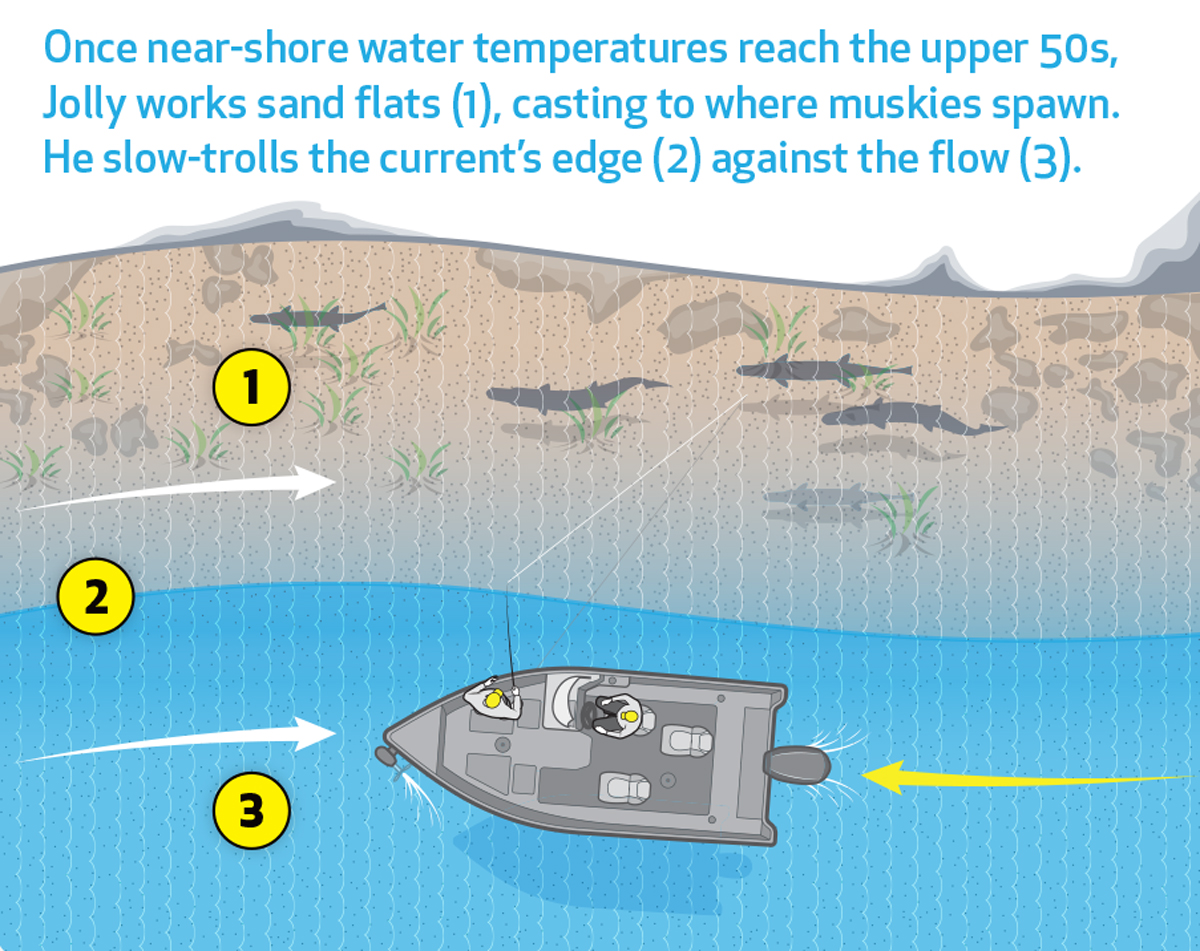
Muskie Miracle on the Bay
Though muskies are native to Green Bay and other Lake Michigan waters, they were considered extirpated by the mid-1900s because of habitat degradation and water pollution. However, cleaner water and a cooperative effort between biologists and anglers have produced what is now a world-class fishery.
The first of the Great Lakes strain of spotted muskies were stocked in 1989. Heavy stockings followed, and today there is evidence of natural reproduction occurring throughout Green Bay.
Wisconsin DNR efforts are supported by funds raised by the Musky Clubs Alliance of Wisconsin, which represents about two dozen clubs.
Today, Green Bay is seen by many as one of the finest muskie-producing bodies of water in North America. Fish are protected by a minimum size limit of 54 inches.—_S.H. _
Photographs (top to bottom): Courtesy of James Helting; by James Smedley; by James Smedley.
Illustration by Clint Ford
